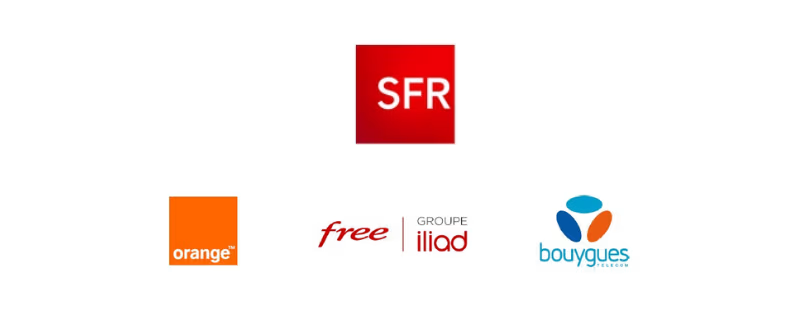
Nokia Report: Private Wireless and Edge Deliver 1-Year ROI for 87% of Industries
When industrial technology actually pays for itself in twelve months, executives take notice. That’s the headline from Nokia’s new 2025 Industrial Digitalization Report with GlobalData: most companies that rolled out private wireless networks alongside on-premise edge computing got their money back within a single year — and then some. The study lands at a moment when factories, utilities, ports, and logistics hubs are all wrestling with the same mandate: digitize operations, automate safely, and do it without blowing up budgets.
So what exactly did Nokia and GlobalData measure?
The research canvassed 115 industrial enterprises across manufacturing, energy, logistics, mining, and transportation in Australia, Germany, Japan, the UK, and the US. In aggregate, 87% of adopters achieved ROI within twelve months after combining private 4G/5G with on-prem edge compute. That rapid payback wasn’t a statistical fluke; it sat alongside hard cost improvements, with four in five firms reporting lower setup costs and most seeing ongoing operations get cheaper, not pricier, once the new stack was in place.
Why Private Wireless + Edge Delivers Real ROI
The secret to the quick payback is less “5G hype,” more architecture. When wireless coverage is deterministic and the compute sits close to machines, plants can run time-critical workloads — think machine-vision quality checks, predictive maintenance, and digital twins — without shipping data to distant clouds or fighting interference-prone Wi-Fi. In Nokia’s dataset, 94% of industrial respondents paired on-premise edge with private wireless, and 70% said they’re already running AI-driven applications on top. In other words, the network isn’t the end goal; it’s the runway for production-grade AI.
There’s a sustainability angle here, and it’s not window dressing. Nearly all surveyed organizations reported a reduction in carbon emissions after deployment; two in five cut them by more than 20%, and 89% saw energy savings. Some of that comes from smarter maintenance and fewer truck rolls — drones, sensors, and computer vision reduce fuel-intensive travel and make emissions visible in real time. For CFOs and CSOs alike, that’s a rare flywheel where greener also means leaner.
People, not just machines, benefit too. The report shows strong traction for connected-worker tools — automated alarms, geofencing, and AI-assisted monitoring — that improve safety and cut paperwork and errors. In an era of thin staffing and heightened compliance, those gains matter as much as throughput. Security is another core motivator: a majority flagged cybersecurity as a driver for adopting industrial edge platforms backed by private wireless, which offers physical network separation and fits neatly with zero-trust designs. The upshot: modernization doesn’t have to widen the attack surface.
If this sounds abstract, consider BASF’s Antwerp complex — six square kilometers of heavy industry. BASF deployed Nokia private wireless to push its digital program forward, enabling high-reliability connectivity for AI and sensor-rich use cases. As Steven Werbrouck, the company’s expert in network connectivity, put it,
“Private 5G has been a game changer for BASF Antwerp… meeting ROI targets in just two years.” That’s not just a showcase; it’s a blueprint for sprawling, harsh environments where uptime, safety, and latency are non-negotiable.
Zoom out, and the market momentum looks durable
GlobalData expects the private wireless market to nearly double to $8 billion by 2027, powered by the same twin imperatives the report underscores: automate with confidence and measure outcomes quickly. The consistency with Nokia’s prior research is notable too; this isn’t a one-off spike but a steady story of ROI and expansion into new sites and use cases.
What it means for industrial leaders
First, the business case is no longer speculative. If your pilots languish because Wi-Fi can’t guarantee coverage or latency, private 4G/5G plus edge is now a proven shortcut from demo to production — and the twelve-month payback window gives finance teams a timetable they can underwrite. Second, treat the network as an AI platform decision, not just a connectivity refresh. The most successful adopters design for data gravity at the edge and plan the application pipeline (vision, maintenance, AGVs, digital twins) from day one, rather than bolting on AI later. Third, align safety, sustainability, and security goals with the rollout; the same architecture that powers machine vision also reduces emissions and helps ring-fence critical operations.
There are caveats. Private networks still require spectrum strategy, device certification, and integration with legacy OT systems. Edge orchestration and lifecycle management can sprawl without clear ownership. And ROI depends on rigorous use-case selection — you win fastest where downtime is expensive and manual inspection dominates. But the pattern is increasingly repeatable, and the study’s breadth across sectors and regions suggests these aren’t isolated wins.
Bottom line
Industrial digitalization is past the proof-of-concept phase. Pair private wireless with on-prem edge, and the payoff shows up fast — in the balance sheet, on the factory floor, and across sustainability dashboards. For operations leaders under pressure to modernize without runaway costs, this is the rare technology play that tightens budgets and broadens capability at the same time.










